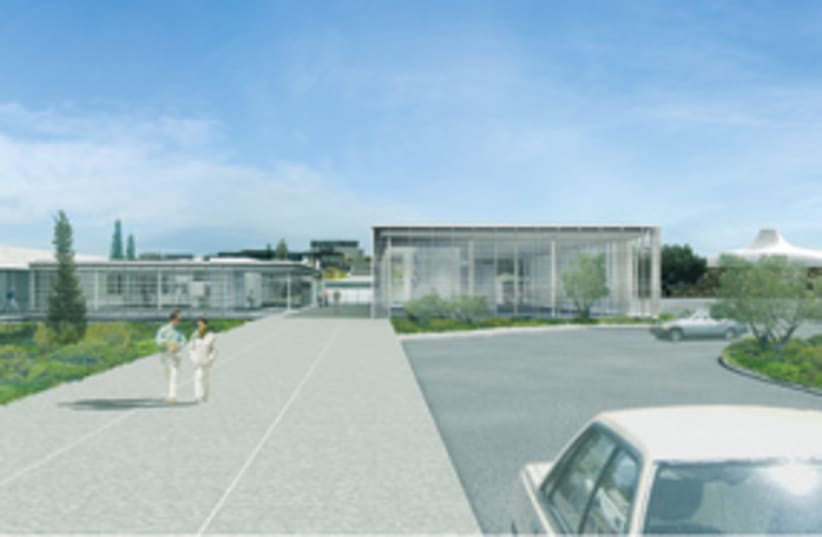Funding:•More than $80m. from 20 sources, including families and foundations from around the world and in Israel.• $17.5m. from the State of Israel.New features:• Three new entry pavilions, housing ticketing, information and restaurant, retail and special event spaces.• An enclosed, climate-controlled underground “route of passage” to anew three-story gallery entrance pavilion at the heart of the campus.• A central cardo with access to the museum’s three collection wings, temporary exhibition galleries and auditorium facilities.• Reorganized, expanded and reinstalled collection galleries nowtotaling 21,000 square meters, with space apportioned to contemporaryart now totaling 2,300 sq.m.• New temporary exhibition galleries totaling around 1,000 sq.m.
ARCHEOLOGYA visual narrative of the ancient local landscape organizedchronologically from prehistory through the Ottoman Empire. Thetransformed wing presents six “chapters” enhanced by thematic groupingshighlighting subjects such as Hebrew writing, glass, and coins.Treasures from neighboring cultures – including Egypt, the Near East,Greece and Rome, and the Islamic world – also on view to complementcoinciding historical periods.
Highlights:• The Beit She’an Venus (second century CE), considered among the mostimportant Roman sculptures found in the Land of Israel. Unearthed in1993 in the Jordan Valley.• Gold-glass bases from the Roman catacombs (fourth century CE), rareancient medallions decorated with traditional Jewish motifs, whichrepresent the earliest known depictions of Jewish symbols from theSecond Temple to appear outside of Israel.• The Heliodorus Stele (178 BCE), a 2,200-year-old inscribed stone thatprovides new insight into the dramatic story of Heliodorus and theTemple of Jerusalem, as recounted in the Second Book of Maccabees.
FINE ARTS INTERIOR Completely reorganized to highlight connections between European oldmasters to contemporary art including: historical Israeli art; the artsof Africa, Oceania and the Americas; Asian art; architecture anddesign; photography; and prints and drawings.Highlights:• The Noel and Harriette Levine Photography Collection, comprising 125works spanning more than 160 years of the history of the medium. Onpublic display for the first time since being given to the museum in2008.• Alberto Giacometti, Diego in the Studio (1952), a melancholic portrait of the artist’s brother. The artist’s first painting to enter the museum’s collection.• Carlos Amorales, Black Cloud (latent studio), 2007, a monumental installation of 10,000 black paper moths in a recreated studio within the museum.
JEWISH ART AND LIFEComprehensive picture of the Jewish cultural tradition from the MiddleAges to the present day. Five main sections – Rhythm of Life,Illuminating the Script, Jewish Year, Joy and Mourning, Festivals ofMiracles and Joy – with contemporary Judaica and works of art from themuseum’s fine art collections enhancing the presentation.
Highlights:• Zedek Veshalom Suriname Synagogue (18th century). Transferred to theIsrael Museum in 1999, the Suriname synagogue underwent an exactingmulti-year restoration and will be displayed as an integral componentof a new synagogue route featuring three other complete synagogues fromGermany, Italy and India.• Judaica from the Alan and Riva Slifka Collection (early 20thcentury). Works by Jerusalem artists from the Bezalel School’s firstperiod (1906-1929), including three vases made just after 1917 byBezalel students from artillery shells found in World War Ibattlefields; adorned Hanukka lamps; and carpets depicting holy sitesin Jerusalem. – D.S.
